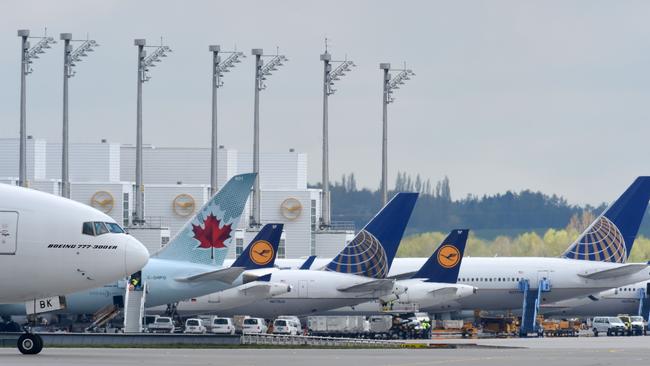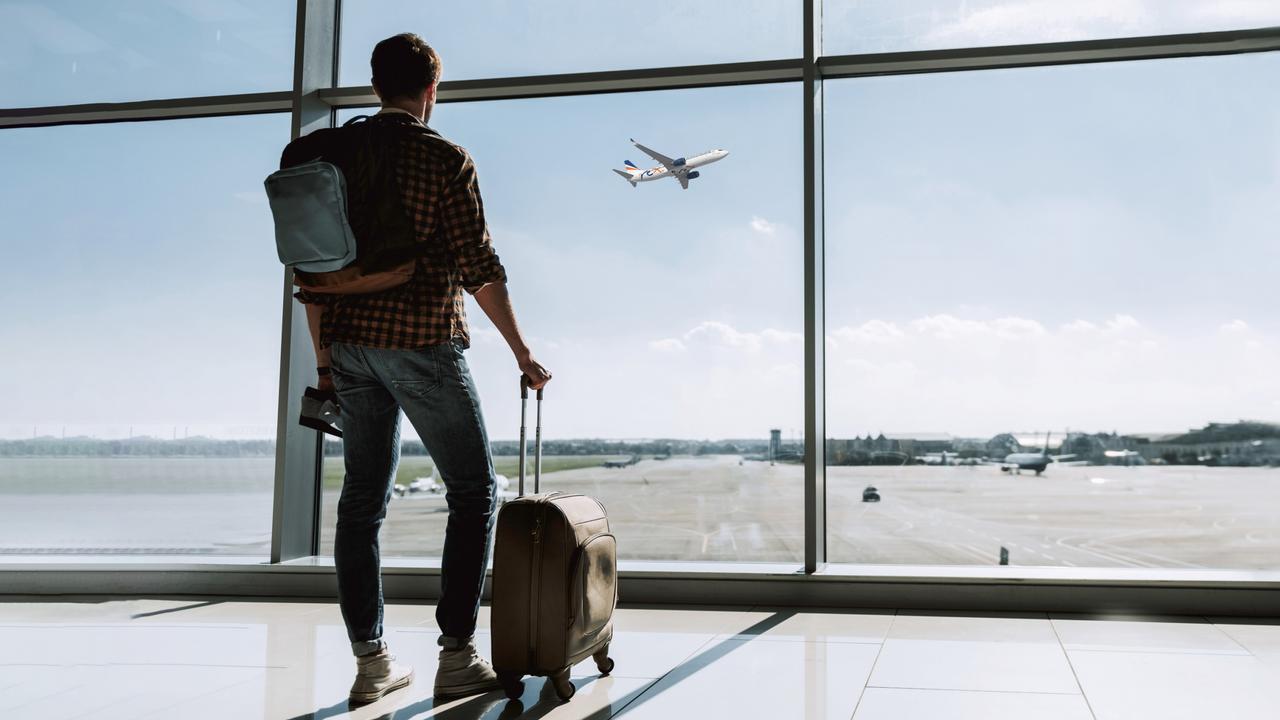Australia should have adopted US aviation rules

Thirty years ago nearly every country town was serviced by a regular commuter service — typically by 10-seat general aviation aircraft.
My first flying job after leaving the air force was piloting an 11-seat Nomad between Sydney (Mascot) and Maitland on a regular schedule. I also flew a regular scheduled service from Wollongong to Essendon in a Cessna C421 pressurised twin.
These flights were always full and the general aviation scene was booming.
Bankstown was also very busy with all the training and business aviation. I left Australia at the end of 1985 to fly for an overseas airline. I returned 20 years later to a shattered and depleted general aviation scene and Bankstown practically a ghost airport.
So what happened in the meantime?
The year 1988 happened, that’s what. The Aviation Act! The beginning of the modernisation of Australian aviation regulations by CASA, as ordered by the government, to align them with ICAO and other first world countries.
CASA should just have adopted rules from the US Federal Aviation Administration — which has a far better safety record than Australia — but they didn’t. Hubris of the CASA bureaucrats and their attendant legal department decided they were up to the task.
I now quote a senior industry official: “Ask any person participating in aviation today for a single reason why aviation is in such a mess. The answer is always the same: impractical regulations and standards that are unique to Australia.”
Hundreds of millions of dollars have been spent, resulting in industry confusion and bankruptcies because of massive, unsustainable compliance costs — and there is no end in sight.
Senior management of these semi-autonomous agencies (CASA/ASA/ATSB) have little or no commercial in-house expertise, as evidenced by the present head of CASA, Mark Skidmore — a former fighter pilot with apparently no civil flying experience.
An example of what CASA and ASA have forced on the industry is the mandated installation of ADSB five years ahead of the US, knowing that overseas aircraft manufacturers were not prepared for such required installations. This will saddle Australian owners and operators with massive costs to ensure compliance, being the first in the world, as guinea pigs.
Just when you thought things could not get any worse, then came the attempted revision of Part 61 “Pilot Certification” in September 2014.
We now have, at an alleged cost of $200 million, 3000 pages of what a senior US FAA official described as gobbledygook. In the US, pilot certification runs to 100 pages and the New Zealand rules come in at 89 pages.
New Zealand revamped all their aviation regulations after a royal commission and the result is widely used and admired by other countries. Australia, however, is saddled with a regulatory nightmare that is forcing the industry to collapse.
Industry heavyweights have decided enough is enough. Desperate times call for desperate action. Concerned aviation insiders that care about the future of general aviation have organised a public meeting in Tamworth on Friday, May 6, with the Deputy Prime Minister Barnaby Joyce, Transport Minister Darren Chester and that great Australian and aviation expert Dick Smith.
Both these ministerial portfolios were formerly held by Warren Truss, who appears not to have had any leverage over CASA/ATSB/ASA. Also attending for the defence is CASA chairman Jeff Boyd. The aim of the meeting is to prevent the collapse of the industry by requesting government intervention on a range of matters, the most pressing problem being the scrapping of the totally unworkable and ruinous Part 61.
A former chairman of the International Air Transport Association Safety Committee and retired Qantas group general manager of Safety gave the following advice, based on many years dealing with CASA.
“From my experience I can assure you the politicians will send the proposed material to CASA for ‘guidance’. CASA will then defer comment as long as they can, which will be after any coming election. CASA comment to the politicians will be ‘we are analysing the document and while we think it has some merit it is not a document drafted by experienced and proven regulation drafters such that exist within the professional ranks of CASA’.”
Byron Bailey, a former RAAF fighter pilot and trainer, was a senior captain with Emirates for 15 years.



To join the conversation, please log in. Don't have an account? Register
Join the conversation, you are commenting as Logout